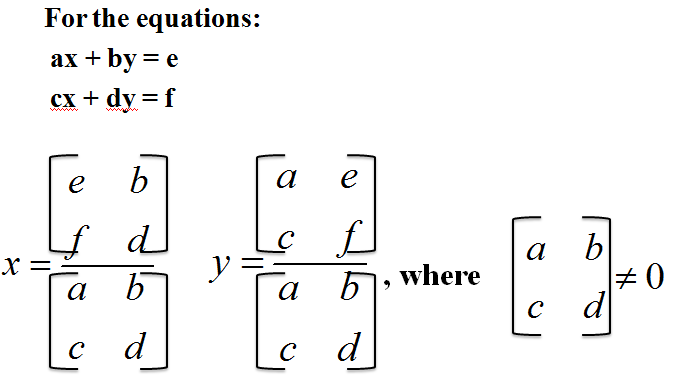Systems of Inequalities is very interesting, because it is a review topic. Generally we've finished a lot of the systems of inequalities, but now we are touching over it again. When graphing systems of inequalities, graph it without the inequality and fill in the inequality. It's generally pretty easy to do. However we must remember to observe the rule: when dividing by a negative, we must flip the inequality sign. Sometimes it is easy to make careless errors, but most of the errors will be made in the algebra. The solution will be located in the shaded part.
Thanks,
Kaili Chiu




